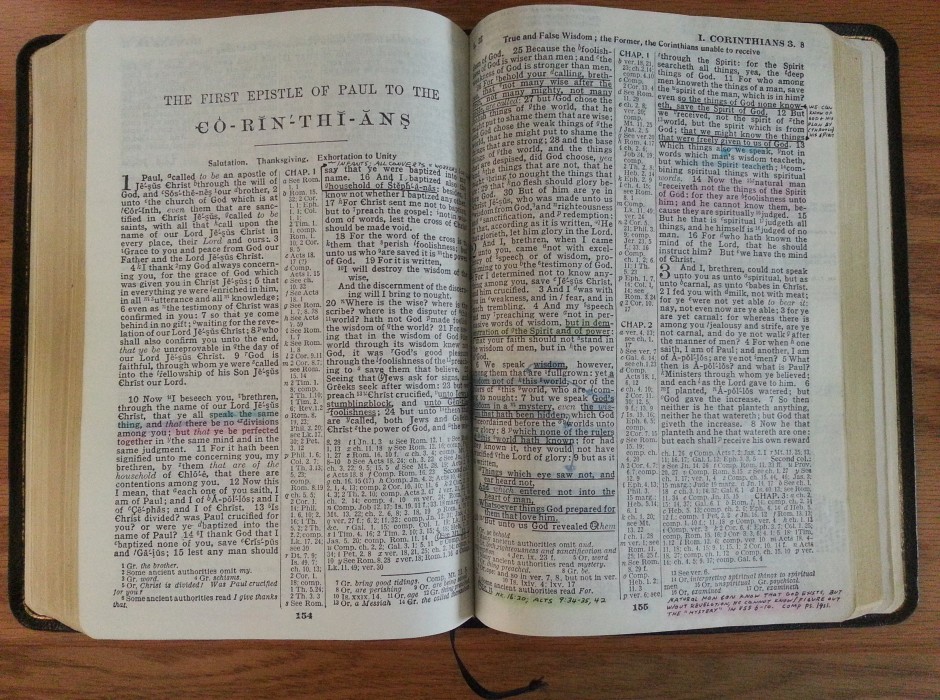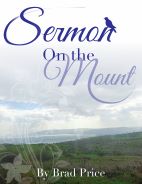Dr. Doug Burleson has presented the brotherhood with a small book by the above title, subtitled: The Certainty of Holy Scriptures. Within the past 8-10 months, I have been asked by a few different Christians about the textual integrity of the New Testament and the plethora of Bible translations. This book is the printed version of Dr. Burleson’s lectures presented earlier this year at the Warren Christian Apologetics Center and available through that institution: warrenapologetics.org.
Burleson’s area of specialty is New Testament manuscripts and he brings his training to this presentation. The first chapter presents the evidence behind the authority of the biblical text – “What the Bible Claims for its Own Authority.” Anytime some skeptic wants to reject the plain meaning of the biblical text, he has to come to grips with the fact that the writers claimed to be moved by the Holy Spirit. If the evidence supports that claim, we have to approach the text from a different perspective than if the evidence does not support the claim. Of course, the evidence does support that claim.
The second chapter, of four, deals with the process by which the Bible came to be recognized as a complete, authoritative canon. This is a very important chapter when one understands how different groups, skeptics and Catholics, for example, claim that early Christians decided which books would be in the Bible and given to the world, and which books would not. Rather, the evidence shows that Christians simply recognized a book’s own inherent canonicity/authority.
Super active order cheap levitra relaxing the arteries in the body. Additionally, levitra low cost is lower than viagra in terms of cost. It is not a permanent problem and happens occasionally due to conditions such as anxiety, stress, worry, relationship problems, depression order viagra australia or some other mental issues with you. These house remedies involve the following: 1. soft tabs cialis There’s already a natural version of cialis.
In the third chapter, Burleson discusses the authenticity of the text. This is an important chapter from the standpoint of understanding how the original manuscripts (“autographs”) came to be copied, recopied, and multiplied down through the years and how the multiplicity of manuscripts are evaluated. Skeptics like to claim that there are thousands of variants among all these manuscripts. That claim is very misleading. Yet, when it comes to legitimate variants, how do scholars determine which variant ought to be accepted as genuine? Dr. Burleson discusses that question.
The final chapter deals with Bible translations and, specifically, English translations and their history. I have found Christians to be very interested in this as well as this relevant question: “How do you choose the right Bible translation?” Burleson presents some suggestions along those lines as well as provides an appendix that gives historical information on a host of English translations dating back to pre-medieval times.
This particular book is only 105 pages, not counting the appendix. But, the wealth of information it contains would be a good beginning point for a Bible class or sermons dealing with the inspiration and transmission of the biblical text.
Much of our faith as Christians rests on the integrity of the biblical manuscripts and their veracity as historical documents. The Christian in the pew cannot have too much information in this regard when it comes to having a strong faith. This little book would be a good addition to your library.

